Dear Comunity,
1st: My kit is working!  --> http://www.smartcitizen.me/users/view/882
--> http://www.smartcitizen.me/users/view/882
but: noise sensor is always on 50dB…
Why?
What can I do?
Cheers
Klaus

Dear Comunity,
1st: My kit is working!  --> http://www.smartcitizen.me/users/view/882
--> http://www.smartcitizen.me/users/view/882
but: noise sensor is always on 50dB…
Why?
What can I do?
Cheers
Klaus
Hello Klaus,
not much. dB is logarithmic so that the range of the sensor has to be very ‘wide’.
Below is the code:
Code from SCKAmbient
…
unsigned int sckGetNoise() {
#if F_CPU == 8000000
#define GAIN 10000
sckWriteGAIN(GAIN);
delay(100);
#endif
float mVRaw = (float)((average(S4))/1023.)*Vcc;
float dB = 0;
#if F_CPU == 8000000
#if DataRaw==false
dB = 0.0222*mVRaw + 58.006;
#endif
#else
#if DataRaw==false
dB = 9.7*log( (mVRaw*200)/1000. ) + 40; // calibracion para ruido rosa // energia constante por octava
if (dB<50) dB = 50; // minimo con la resolucion actual!
#endif
#endif
I speak only very little spanish. But from what I understand, it will never go below 50 dB as the sensor and/or the AD converter is not fine enough. “minimo con la resolucion actual!”
Another issue, even more important, the measurement is done once a minute. As I understand, if there is noise in between it will not be measured/considered. Right now I am trying to figure out with an arduino board and also a special noise logger what can be done to have it more accurate.
In the next days I will upload some screenshot comparisons from the different tools.
Thats me:
http://smartcitizen.me/devices/view/707
You are in Regensburg, I am near the lake of Constanze/Bodensee.
Regards,
Klaus Z.
Hello both. Can you please try to stress the sound sensor like for example, near to music? the sensitivity os mainly for cities. If you are in a quiet area is normal not going below 50db
Check this: http://www.gcaudio.com/resources/howtos/loudness.html
Let us know how those experiment goes and report to add to issues known
many thanks!
Tomas
@Klabauter101: The sound sensor has a low limit of 50dB. Over 50dB the “noise” is calculated with an approximate function. It is pretty complicated to calibrate well the sound sensor. We have to work much more on this. During the charge a bit of noise is created on electronics and the sound circuit is so sensitive that we can not measure accurate levels under 50 dB for the moment. We are about to try new components.
By the way @klausz, we really appreciate your contributions. The comments on the code have been already translated to english by our fellow Jonathan Minchin (Check out the great work he’s doing with the Open source Beehives project: http://www.opensourcebeehives.net/) We will add these translated comments to the latest version of the firmware next week. PS: About the screenshoots. Are you going to use an image transferring service or do you want me to add this option for you. 
Dear fellows,
thank you for your hints!
I understood that the sensor is not working below 50dB (yet).
But: this forum is already working well! -I just put on my email-notification to get messages.
@tomasdiez Thank you for your email - but I am pretty sure that we both know that it’s better for the project to put our conversation here for everybody.
Cheers!
Klaus
Hey. I also do have a lot of 50dB values. But also sub 50dB.
Check my censor here: http://smartcitizen.me/devices/view/931
Hmm - what version are you running?
I got the kit 3 days ago and updated it then to the latest firmware. So I guess I am all new and shiny 
Yes, that’s part of the update in 0.8.6,
Sounds data are send in Raw and calibrated on the server in order to have more precise calibration, matching the result with the calibration curve provided in the sensor datasheet (and not the aproximated logarithmic function).
Now on server side calibration, it’s limited by the curve boundings : from 45Db to 103Db
Very interested in the noise-calibration on the server side. Does that mean that the data I download is also recalibrated with this curve, or is it just for data presentation on the site?
The idea is that the platform can perform calibration as well, now is based on values previously defined by us, but further development will allow you to do your own calibration
Tomas